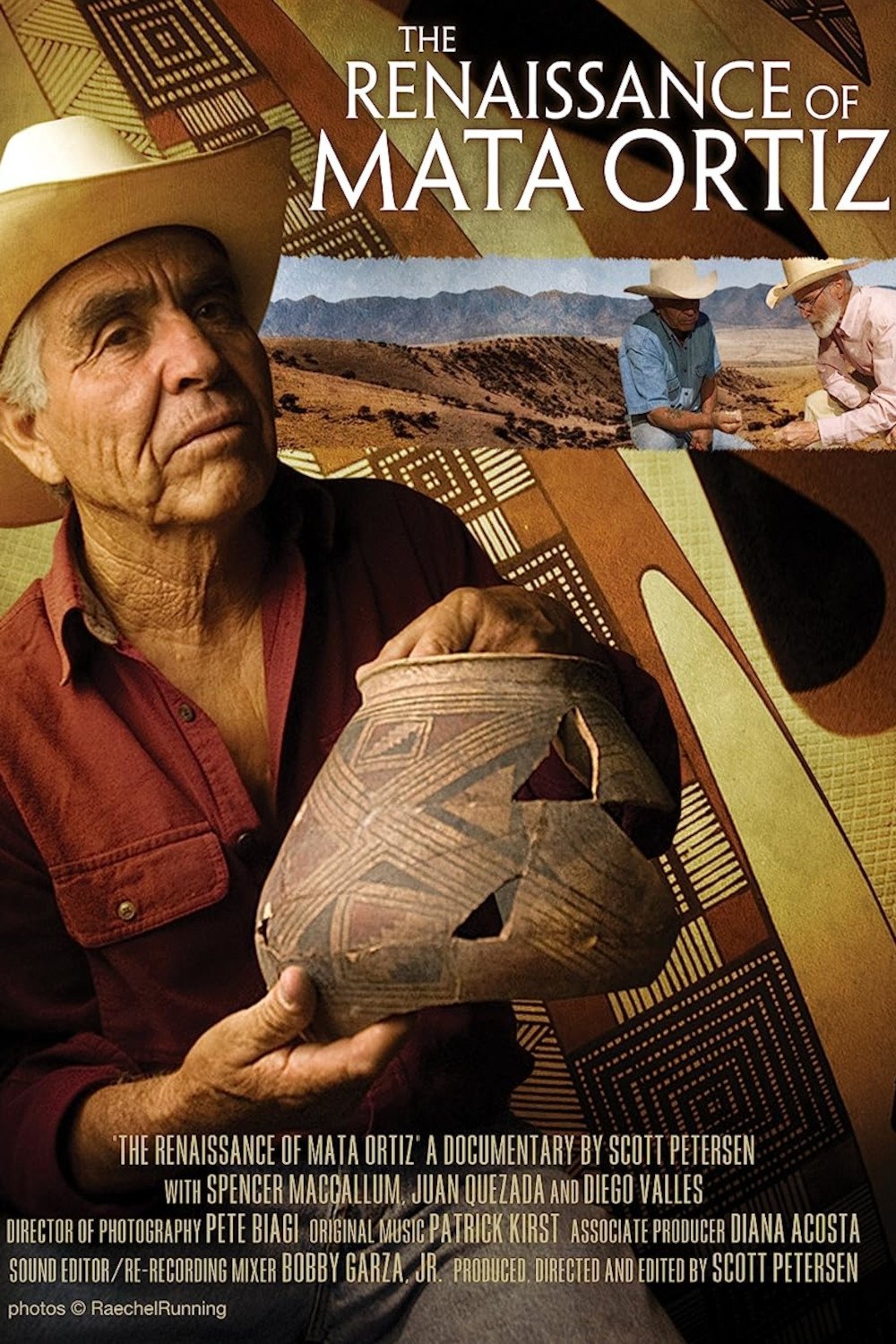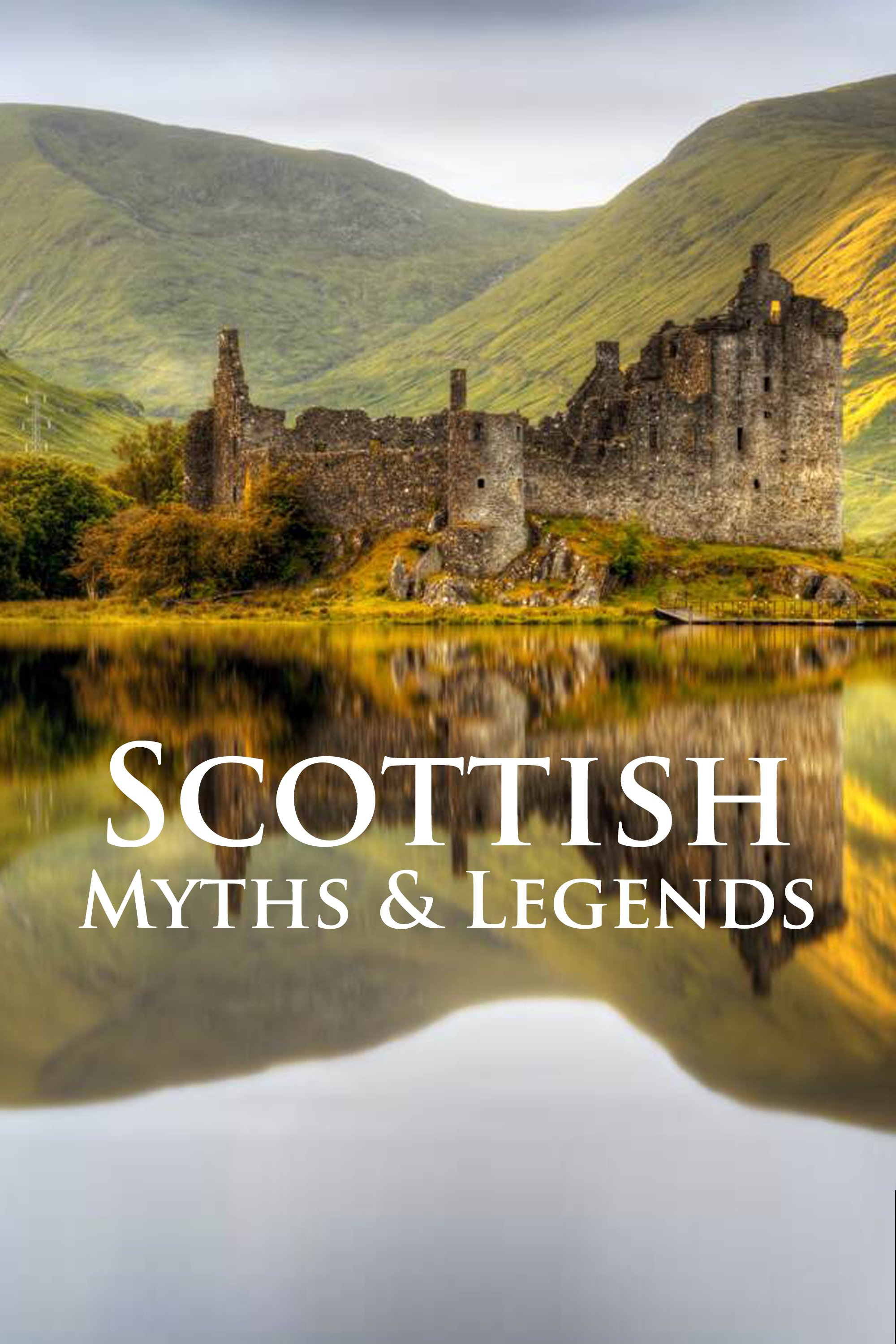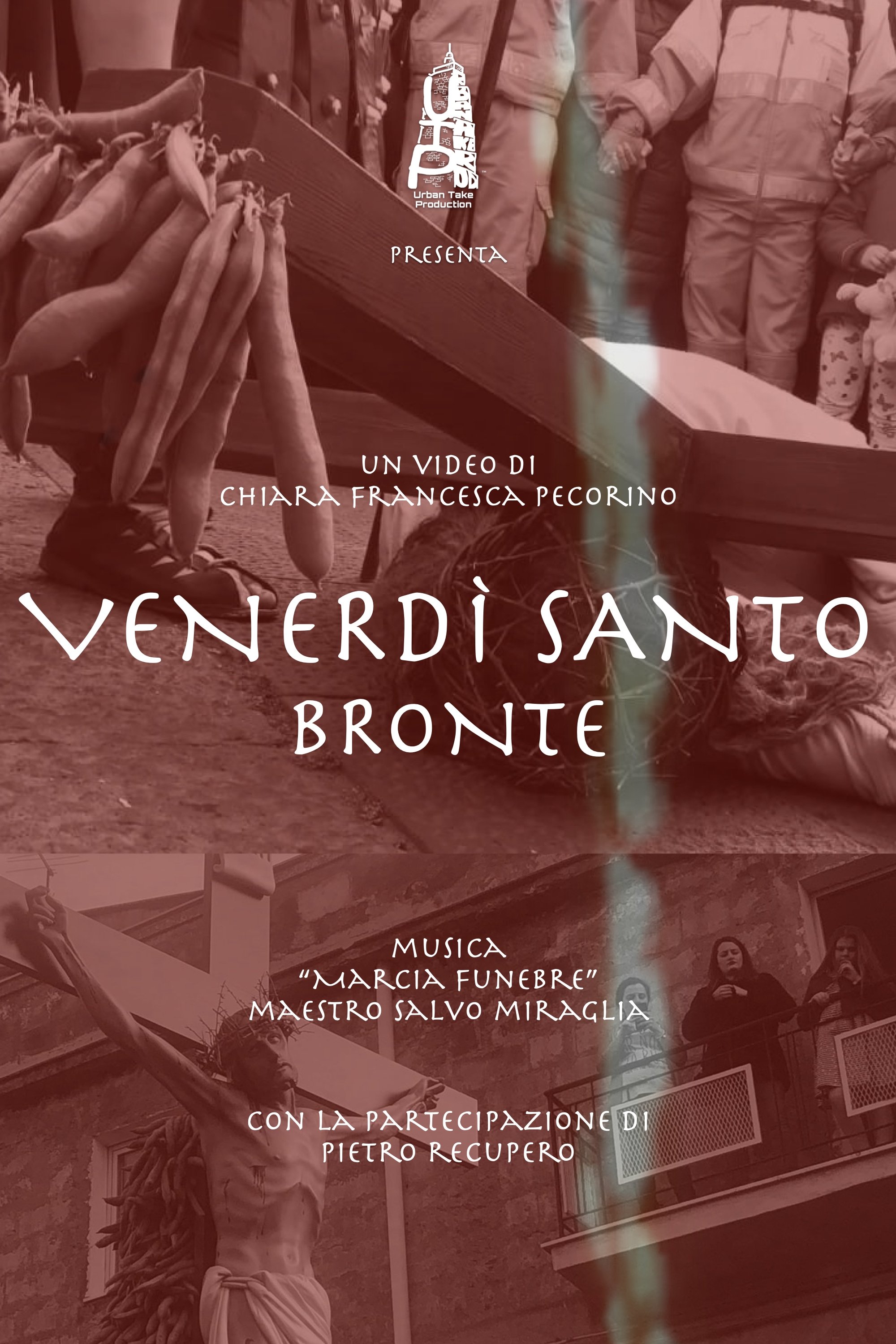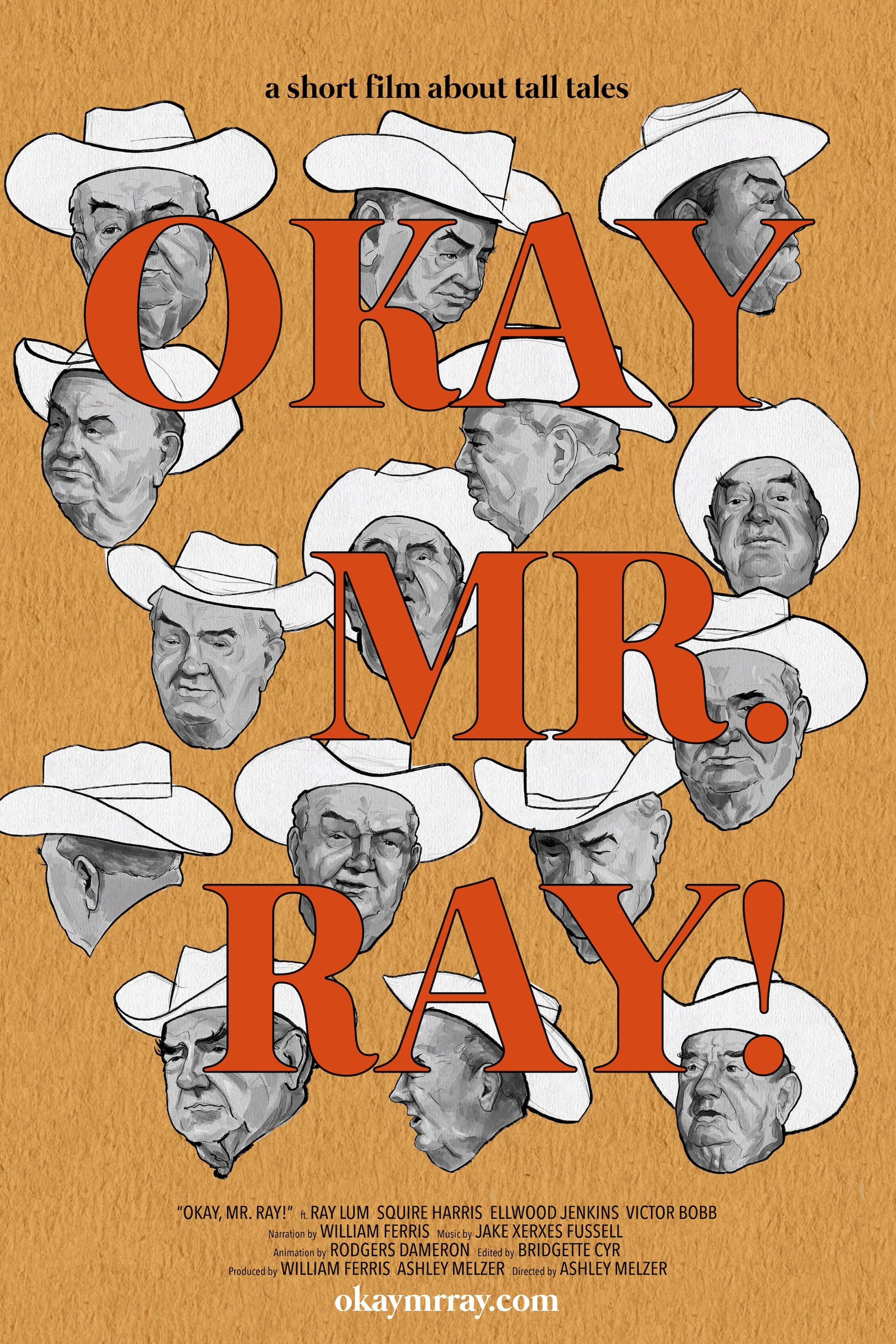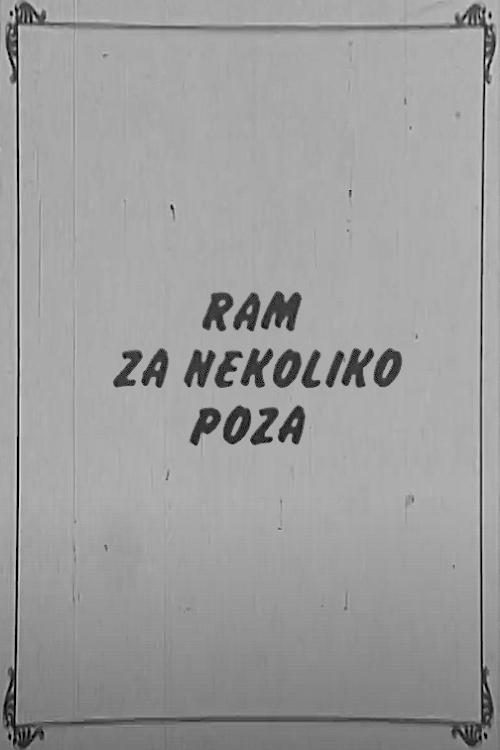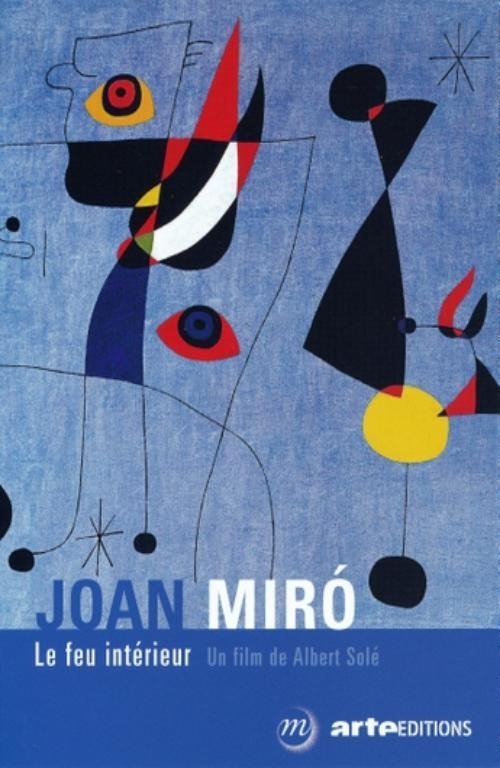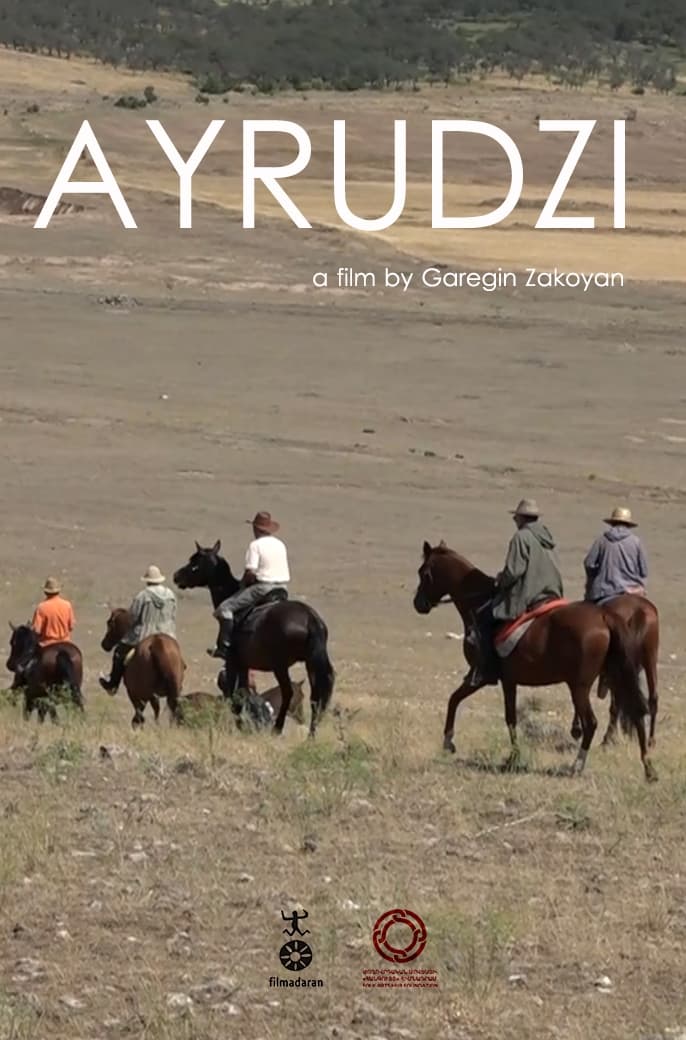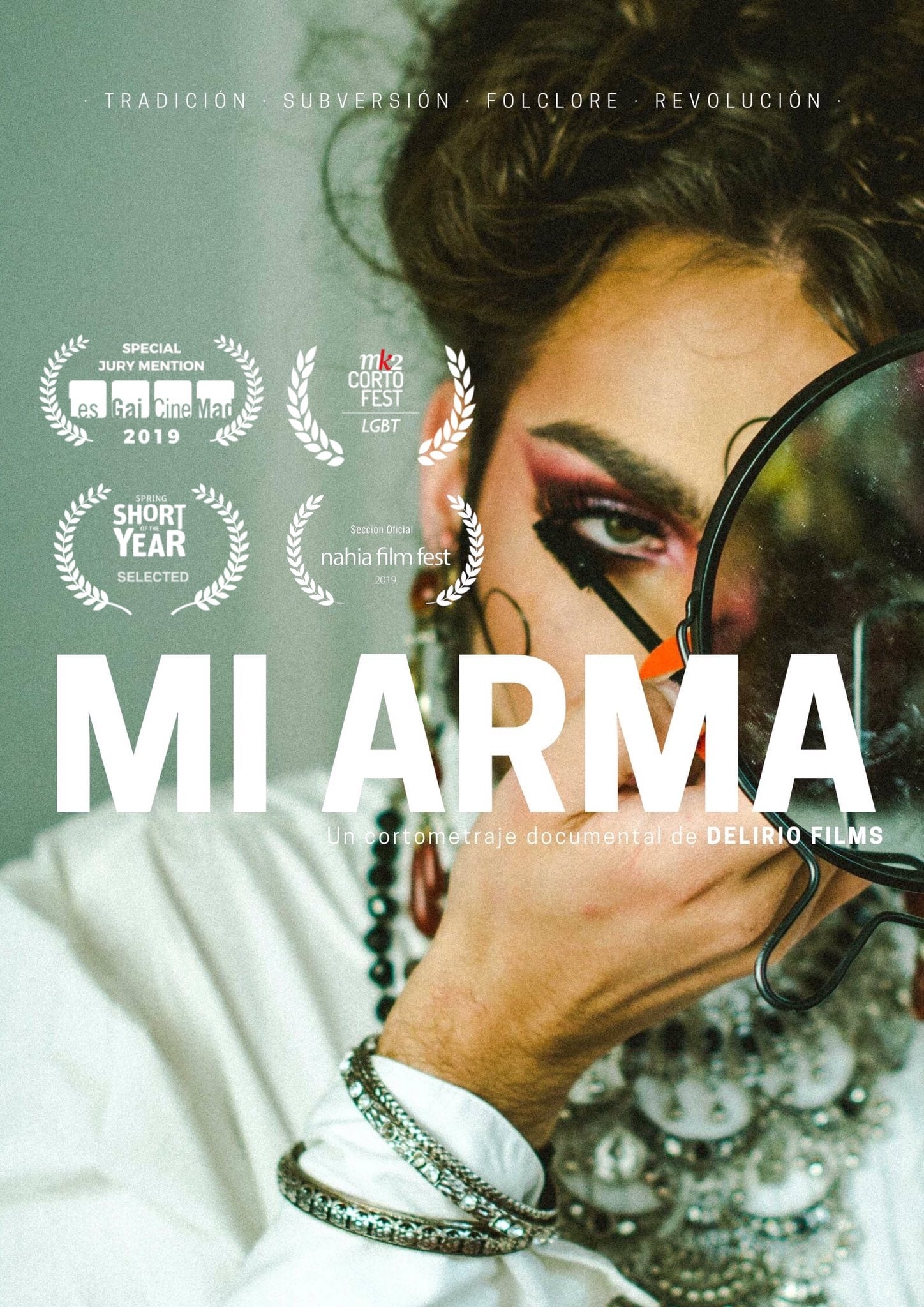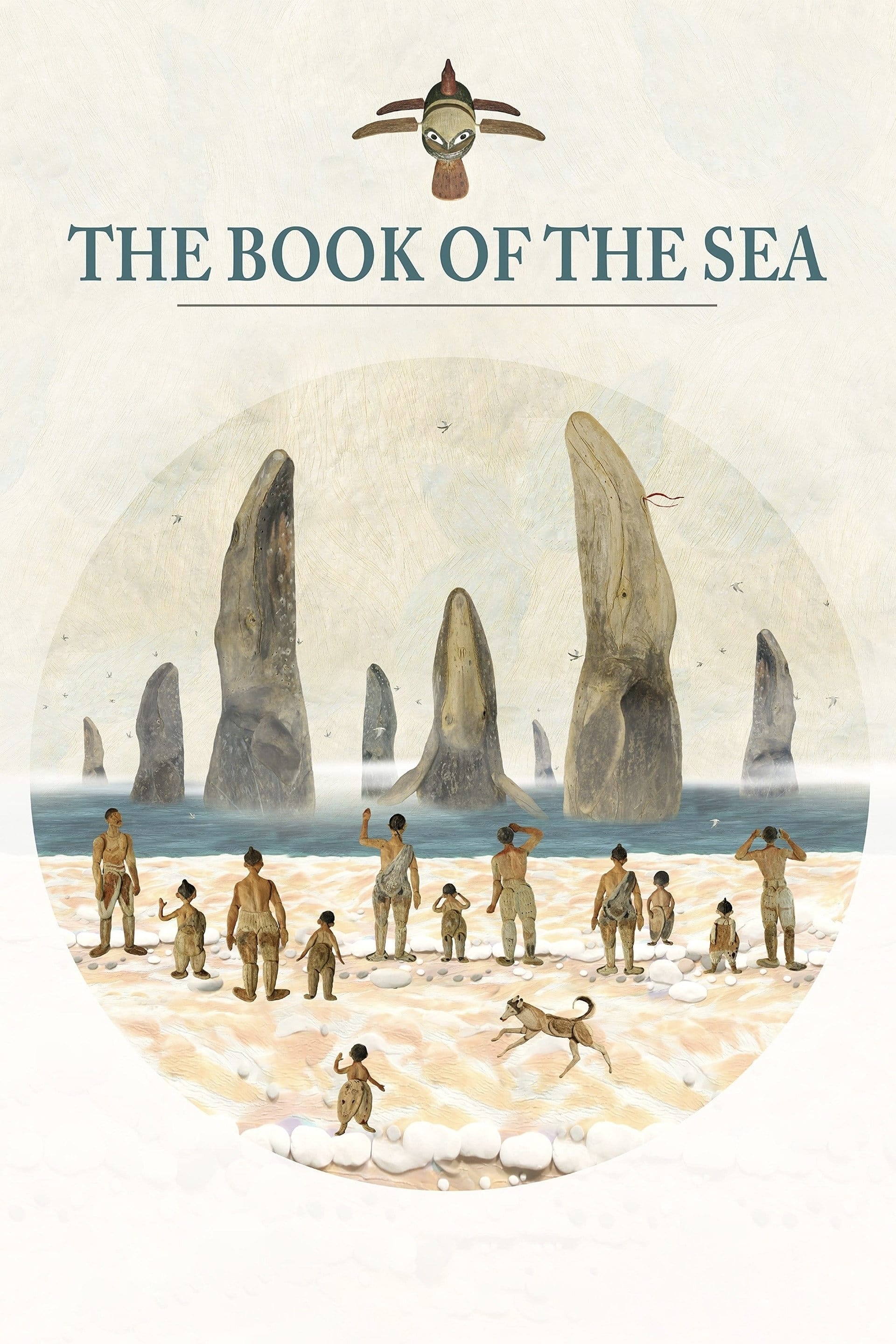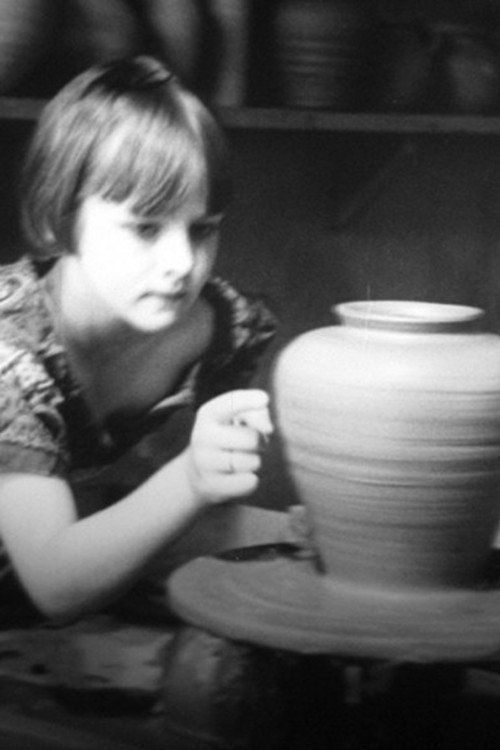Stvořeno z hlíny
Watch Movie
Share
Stvořeno z hlíny
1950
00.0(0 votes)
Documentary
Overview
Document about folk ceramic products from Moravian Slovácko and Wallachia.
Links & Resources
Social & External
Production Companies
Similar Movies
Recommended Movies

No Recommendations Yet
We're working on finding the perfect movies for you. Check back soon!
More movies coming soon
